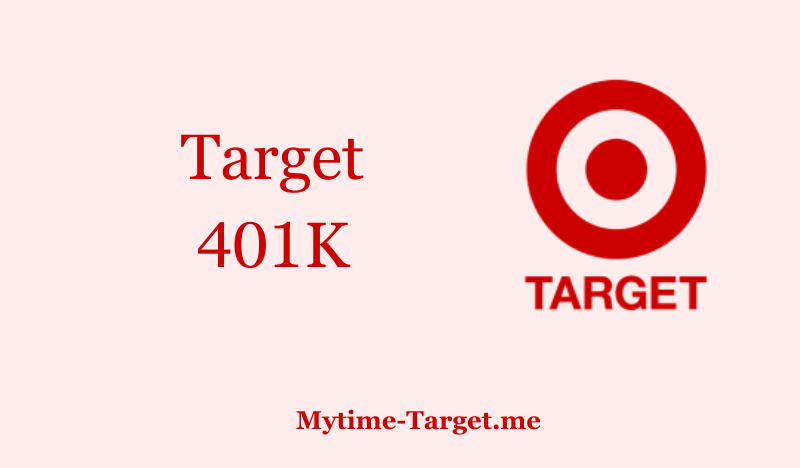Target 401(k) plan represents a significant component of the company’s benefits package, designed to support employees in their journey toward a secure retirement.
This article delves into the key aspects of the Target 401(k) plan, offering insights into how it operates, its benefits, and how employees can make the most of it.
Contents
What is the Target 401(k) Plan?
The Target 401(k) plan is a defined contribution plan available to eligible employees of Target Corporation, one of the largest retail chains in the United States.
It allows employees to save and invest a portion of their paycheck before taxes are taken out.
The plan is a powerful tool for retirement savings, offering tax advantages and a variety of investment options to suit different risk tolerances and retirement timelines.
Eligibility and Enrollment
Target offers its 401(k) plan to all eligible employees, which typically includes full-time and part-time workers who meet specific criteria set by the company.
To enroll in the plan, employees need to follow Target’s enrollment process, which usually involves logging into a benefits portal, choosing a contribution rate, and selecting investments.
Contribution Limits and Matching
One of the significant benefits of participating in the Target 401(k) plan is the potential to receive employer contributions in the form of a match.
Target may match a portion of the employee contributions, up to a certain percentage of the employee’s salary.
This feature effectively doubles the value of the employee’s contribution up to the match limit, providing an immediate return on investment.
For 2023, the IRS sets the contribution limit for 401(k) plans at $20,500 for those under 50, and an additional catch-up contribution of $6,500 for those 50 and older. These limits are subject to change annually based on inflation adjustments.
Investment Options
The Target 401(k) plan typically offers a range of investment options, including stock and bond mutual funds, target-date funds, and possibly company stock.
Target-date funds are a popular choice for many employees as they automatically adjust the asset mix as the participant nears retirement, shifting from aggressive to more conservative investments.
Loans and Withdrawals
While the primary purpose of the 401(k) plan is for retirement savings, participants may have the option to take loans or make withdrawals under certain circumstances.
These options can provide financial flexibility in times of need but come with specific rules and potential tax implications that employees should consider carefully.
Rollovers and Account Management
Employees leaving Target have several options for managing their 401(k) accounts, including leaving the assets in the plan, rolling them over to a new employer’s plan, or rolling them into an individual retirement account (IRA).
Decisions regarding rollovers should consider factors such as investment options, fees, and services offered by the new plan or IRA provider.
Conclusion
The Target 401(k) plan is a cornerstone of Target Corporation’s benefits package, offering employees a robust tool for retirement savings.
By understanding the ins and outs of the plan, including eligibility, contributions, investment options, and more, employees can better position themselves to take full advantage of this valuable benefit.
As with any investment decision, it’s wise for employees to consult with financial advisors to tailor their retirement savings strategy to their individual needs and goals.
